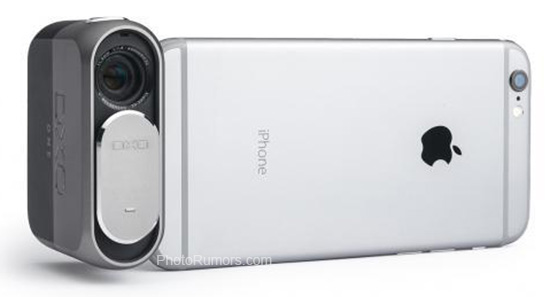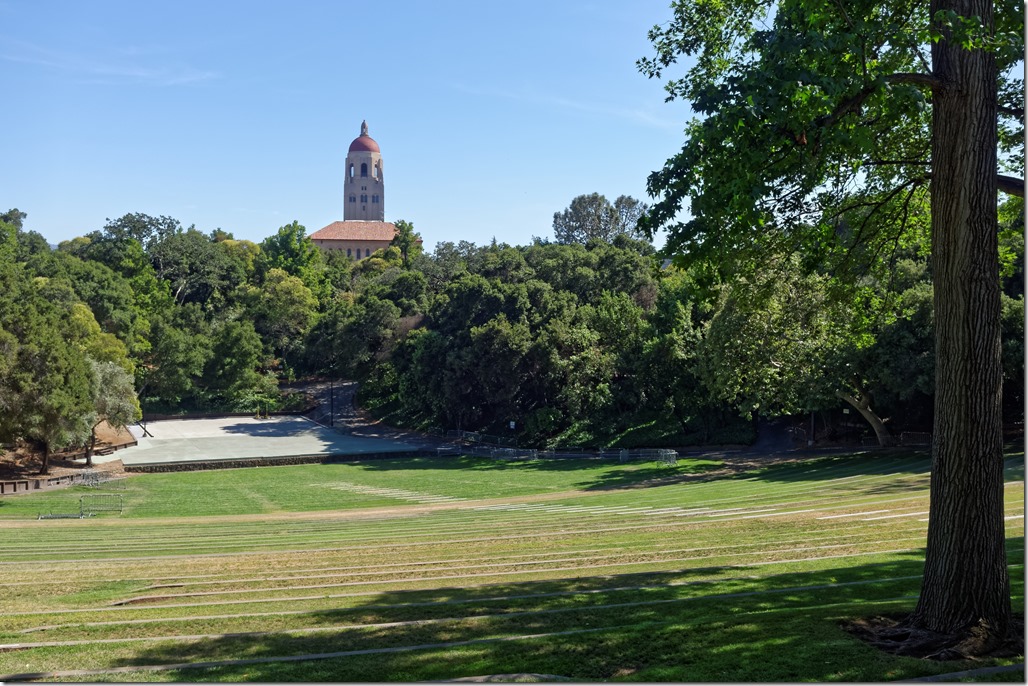- Photo Safaris
- Alaska Bears & Puffins World's best Alaskan Coastal Brown Bear photo experience. Small group size, idyllic location, deluxe lodging, and Puffins!
- Participant Guestbook & Testimonials Candid Feedback from our participants over the years from our photo safaris, tours and workshops. We don't think there is any better way to evaluate a possible trip or workshop than to find out what others thought.
- Custom Photo Tours, Safaris and Personal Instruction Over the years we've found that many of our clients & friends want to participate in one of our trips but the dates we've scheduled just don't work for them or they'd like a customized trip for their family or friends.
- Myanmar (Burma) Photo Tour Myanmar (Burma) Photo Tour December 2017 -- with Angkor Wat option
- Reviews Go hands-on
- Camera Reviews Hands-on with our favorite cameras
- Lens reviews Lenses tested
- Photo Accessories Reviews Reviews of useful Photo and Camera Accessories of interest to our readers
- Useful Tools & Gadgets Handy tools and gadgets we've found useful or essential in our work and want to share with you.
- What's In My Camera Bag The gear David Cardinal shoots with in the field and recommends, including bags and tools, and why
- Articles About photography
- Getting Started Some photography basics
- Travel photography lesson 1: Learning your camera Top skills you should learn before heading off on a trip
- Choosing a Colorspace Picking the right colorspace is essential for a proper workflow. We walk you through your options.
- Understanding Dynamic Range Understanding Dynamic Range
- Landscape Photography Tips from Yosemite Landscape Photography, It's All About Contrast
- Introduction to Shooting Raw Introduction to Raw Files and Raw Conversion by Dave Ryan
- Using Curves by Mike Russell Using Curves
- Copyright Registration Made Easy Copyright Registration Made Easy
- Guide to Image Resizing A Photographers' Guide to Image Resizing
- CCD Cleaning by Moose Peterson CCD Cleaning by Moose Peterson
- Profiling Your Printer Profiling Your Printer
- White Balance by Moose Peterson White Balance -- Are You RGB Savvy by Moose Peterson
- Photo Tips and Techniques Quick tips and pro tricks and techniques to rapidly improve your photography
- News Photo industry and related news and reviews from around the Internet, including from dpreview and CNET
- Getting Started Some photography basics
- Resources On the web
- My Camera Bag--What I Shoot With and Why The photo gear, travel equipment, clothing, bags and accessories that I shoot with and use and why.
- Datacolor Experts Blog Color gurus, including our own David Cardinal
- Amazon Affiliate Purchases made through this link help support our site and cost you absolutely nothing. Give it a try!
- Forums User to user
- Think Tank Photo Bags Intelligently designed photo bags that I love & rely on!
- Rent Lenses & Cameras Borrowlenses does a great job of providing timely services at a great price.
- Travel Insurance With the high cost of trips and possibility of medical issues abroad trip insurance is a must for peace of mind for overseas trips in particular.
- Moose Peterson's Site There isn't much that Moose doesn't know about nature and wildlife photography. You can't learn from anyone better.
- Journeys Unforgettable Africa Journeys Unforgettable -- Awesome African safari organizers. Let them know we sent you!
- Agoda International discounted hotel booking through Agoda
- Cardinal Photo Products on Zazzle A fun selection of great gift products made from a few of our favorite images.
- David Tobie's Gallery Innovative & creative art from the guy who knows more about color than nearly anyone else
- Galleries Our favorite images
DxO ONE: Introducing a new kind of mobile camera
DxO ONE: Introducing a new kind of mobile camera
Submitted by David Cardinal on Thu, 06/18/2015 - 06:58
 I’ve been working with a very exciting new camera that I’m happy to be able to tell you about now that it has been announced. It is called simply the ONE, from image processing software vendor DxO. DxO has used its industry-leading expertise in evaluating cameras and lenses, and creating image processing pipelines, to create a camera that works seamlessly with your iPhone, but produces much better images. The ONE is built around a 1-inch sensor – far larger than the ones found in mobile devices, including the one in the iPhone. It’s the same size sensor that’s found in much larger, high-end, compact cameras like the Sony RX100 III – that are also more expensive.
I’ve been working with a very exciting new camera that I’m happy to be able to tell you about now that it has been announced. It is called simply the ONE, from image processing software vendor DxO. DxO has used its industry-leading expertise in evaluating cameras and lenses, and creating image processing pipelines, to create a camera that works seamlessly with your iPhone, but produces much better images. The ONE is built around a 1-inch sensor – far larger than the ones found in mobile devices, including the one in the iPhone. It’s the same size sensor that’s found in much larger, high-end, compact cameras like the Sony RX100 III – that are also more expensive.
The ONE uses a custom app on your iPhone to control it. This is the second place where you notice the difference between the ONE and your standard phone camera. The ONE can shoot RAW, and offers a wide variety of shooting modes, including Aperture priority, Shutter priority, full Manual, and Auto ISO. It even has a unique SuperRAW mode, that combines 4 RAW images to create the ultimate in low-light image capture for a mobile device.
The ONE is a no-compromise solution when it comes to image quality. It features a 20.2MP sensor that is 1-inch across – the largest you could possibly fit in an accessory. Its lens is a quick f/1.8, and the shutter can fire at up to 1/8000s – higher than most DSLRs. ISO can also be cranked up really high. I used it at ISOs up to 5000, and DxO’s PRIME noise reduction still did a remarkable job of producing a usable image. It also features very-solid build quality, and a convenient sliding lens cover that doubles as a power switch. The unique Lightning connector flips out as needed to connect to a compatible iPhone or iPad, and can be folded back in when not needed. You can rotate the camera around the connector, so it is easy to shoot high or low.
One unique feature of the ONE is that you can easily use it without your iPhone. It has a nice form factor to stick in your pocket and quickly pull out for “grab shots”. The shutter is on top, and activates the Autofocus, and captures images in Auto mode. That’s actually how I captured the image below of the Stanford University Campus. The small LCD on the camera itself is touch-enabled, allowing you to switch between still images and video without needing to connect to your iPhone or iPad. The camera also includes a microSD card slot, so you can shoot away with it before needing to connect it to anything. The app allows you to either save the images just to your card or also to your iPhone directly.
To fit in the small package, the ONE forgoes a zoom, opting instead for a fixed-focal-length lens that is the equivalent of about 32mm full-frame (or 22mm for an APS-C sensor). For anyone used to shooting with a smartphone the fixed lens won’t pose a problem, but it does take getting used to if you are coming over from a zoom.
The ONE is still a pre-release product, so I can’t write in detail about all my experiences with it yet, but suffice it to say it is a really exciting way to keep the convenience of your smartphone but get some amazing quality images. You can see example images that have been made public at http://newshapeofphotography.com. I’ve just started really working with it, but here is an image I grabbed on the Stanford Campus this week:
I’m on the plane to Africa where we’re leading a photo safari, and have a ONE with me, so I look forward to writing more about the camera when I can, starting with some shots of Johannesburg, and then hopefully of some cool critters while we’re on safari.
- Log in to post comments


